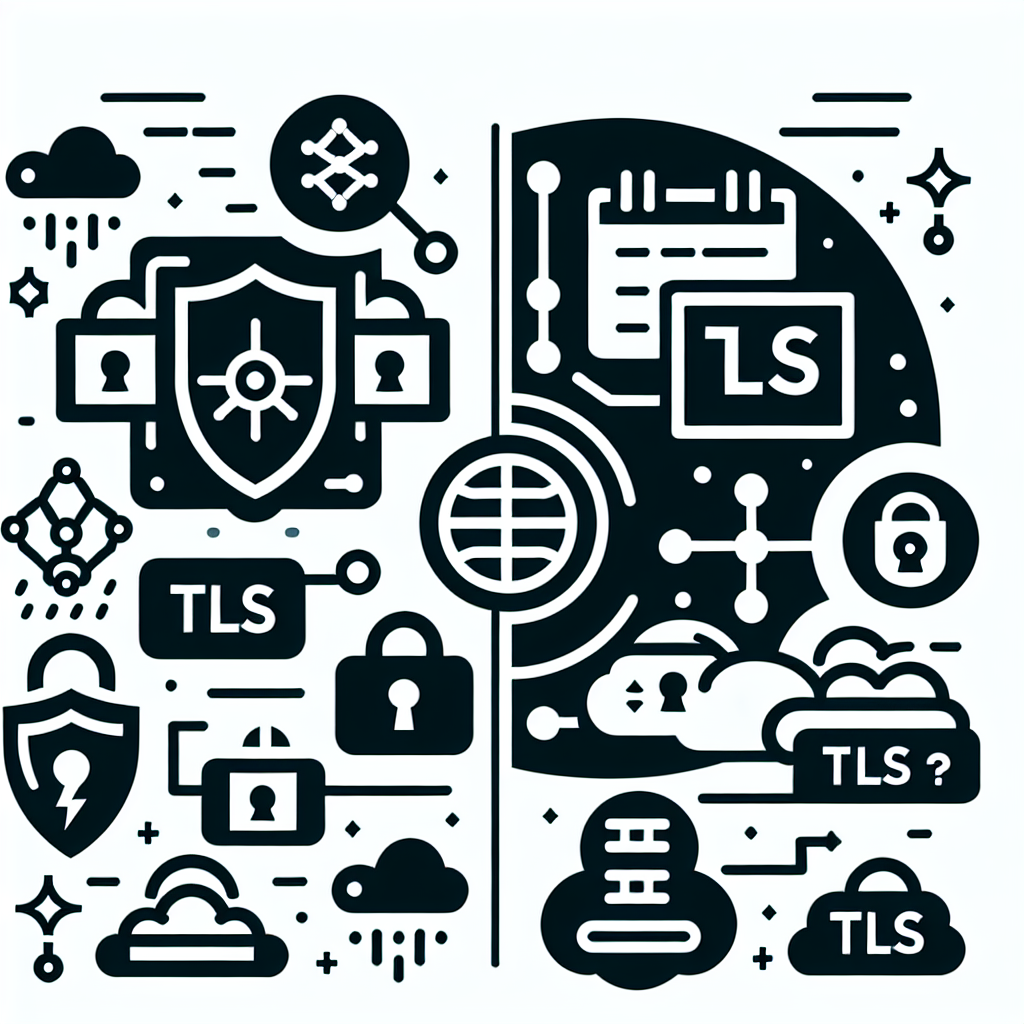
TLS (Transport Layer Security) encrypts data moving between systems so only intended endpoints can read it. It pairs strong cryptography with identity checks so connections are both private and authenticated.

TLS is a protocol that encrypts network traffic to protect confidentiality and integrity. It prevents eavesdropping and tampering by wrapping data in cryptographic layers before it crosses the network.
TLS establishes an encrypted session between a client and a server using a handshake that negotiates algorithms and creates session keys. The handshake authenticates the server (and optionally the client), then the parties derive symmetric keys to encrypt the bulk of the communication.
The handshake is a multi-step exchange where the client and server agree on protocol versions and ciphers, the server presents a digital certificate, and both sides generate shared keys. This process uses asymmetric cryptography for trust and key exchange, then switches to symmetric cryptography for performance.
Certificates prove a server’s identity and are issued by Certificate Authorities (CAs) that browsers and systems trust. Valid certificates stop attackers from impersonating services; if a certificate is invalid or forged, clients should refuse the connection.
Asymmetric encryption uses key pairs (public/private) for authentication and key exchange, while symmetric encryption uses one shared key for bulk data encryption. TLS uses asymmetric crypto only during the handshake, then relies on faster symmetric ciphers for the session.
Look for HTTPS and a padlock icon in the browser address bar—those indicate a TLS-protected connection. For more detail, inspect the certificate (click the lock) to see issuer, validity dates, and the TLS version and cipher suite in use.
TLS protects data confidentiality, ensures integrity, and helps prevent man-in-the-middle attacks by verifying identities. Without TLS, sensitive fields like passwords, tokens, and payment information would be exposed to network attackers.
TLS secures web traffic (HTTPS), email transport, VPN tunnels, APIs, VoIP, and many cloud services. Any service that transmits confidential or integrity-critical data over a network should use TLS.
TLS 1.2 and TLS 1.3 are current best practices; TLS 1.3 is preferred for better security and performance. Avoid TLS 1.0/TLS 1.1 and any SSL versions—these are obsolete and vulnerable.
Faulty setups include expired or self-signed certificates, weak ciphers, and allowing obsolete protocol versions. Also watch for mixed content on websites (HTTP assets on HTTPS pages) and failure to enable OCSP/CRL checks for certificate revocation.
Use current TLS versions, strong cipher suites, automated certificate management, and regular scans for configuration weaknesses. Monitor certificate expiry, rotate keys when needed, and follow vendor guidance for secure defaults.
Directly breaking modern TLS is impractical, but attackers can exploit poor configurations, compromised CAs, or client-side vulnerabilities. Defenses include HSTS, certificate pinning (carefully), and endpoint hardening to reduce attack surface.
For an implementation checklist and best-practice guidance, see Palisade’s Transport Layer Security (TLS) best practices.
A: TLS is the protocol that secures HTTP when used together; HTTPS simply means HTTP over TLS.
A: Yes—internal services should use valid certificates from an internal CA or a trusted public CA to prevent interception inside networks.
A: Short-lived certificates (90 days) are common; automate issuance and renewal to ensure continuous coverage.
A: Modern TLS (especially 1.3) has minimal overhead and can even improve performance via features like zero round-trip resumption.
A: Tools like SSL Labs, OpenSSL, and internal security scanners can audit certificates, ciphers, and protocol support.